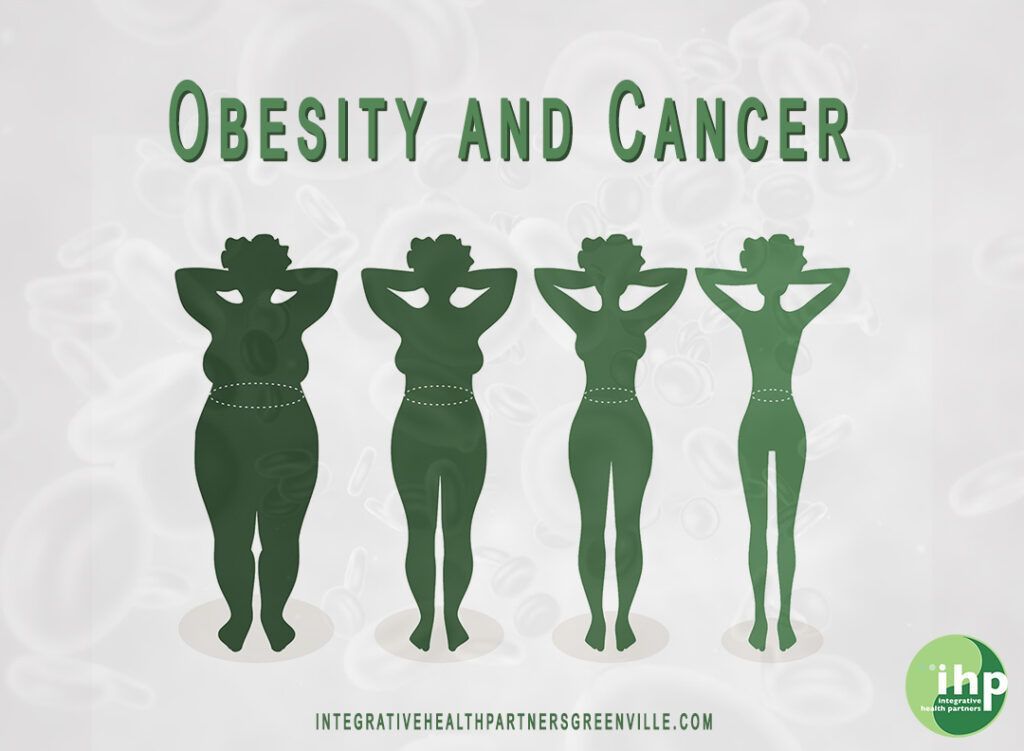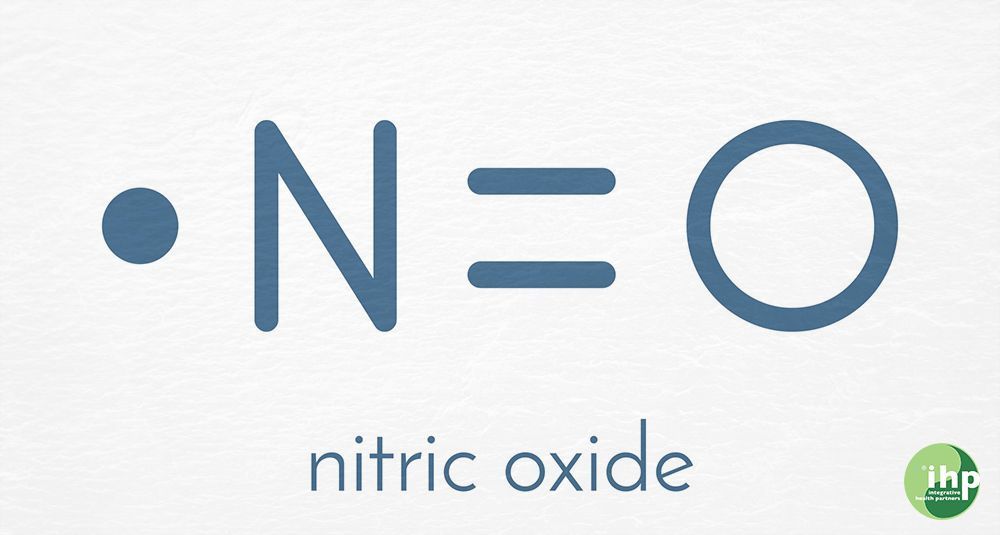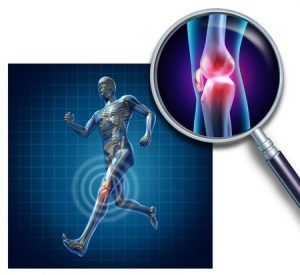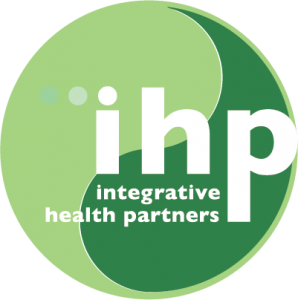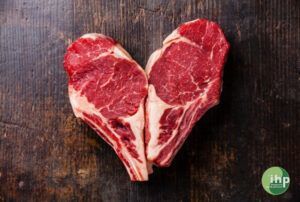Acupuncture for Coronary Artery Disease (CAD)
Acupuncture for Coronary Artery Disease (CAD)
Heart blood stasis, the oriental medicine diagnosis of CAD, can be treated by acupuncture, herbal remedies or other procedures from Traditional Chinese Medicine (TCM). The aim of acupuncture is to stimulate meridians in the body through which qi and blood flow, relieving imbalances in the coronary arteries. When providing acupuncture treatment, the locations of the therapeutic acupuncture points are often not located anatomically near the area of the symptom; in the case of coronary artery disease and arteriosclerosis, the acupuncturist would rarely select points actually near the heart. The meridians (energy pathways) that correspond to the heart and pericardium are primarily located along the arms. By needling specific points along these meridians, the functioning of the heart can be adjusted. Several points along the inside of the wrist are most commonly used, including Heart 7 (at the wrist crease, in line with the little finger), Heart 5 (one finger breath behind Heart 7), Pericardium 6 (three finger breaths behind in the wrist crease, inline with the middle finger), and Pericardium 4 (four finger breaths behind Pericardium 7, almost at the midpoint of the forearm). Additional points are commonly selection on the upper back, including Urinary Bladder 14 and 15. These two points are only needled to a shallow depth, but are able to energetically affect the Heart and Pericardium organs that are anatomically nearby. Acupuncture treatment is able to rapidly affect the functioning of the organs and was traditionally used in a many cardiac emergency situations. Today, acupuncture treatment is primarily used to improve the functioning of the heart with weekly treatments to normalize heart rate, arrhythmias, and other cardiac complications.
Chinese Herbal Medicine for Coronary Artery Disease (CAD)
Chinese Herbal Medicine uses a variety of single herbs and herbal formulas (combinations of herbs) to treat coronary artery disease.
The following herbs can be used to treat one or more aspects of heart blood stasis:
* Chi shao yao (red peony root; Paeonia spp.), eliminates heart stasis and invigorates blood
* Dan shen (red sage; Salvia militorrhiza), long popular as a tonic for the blood that improves movement of blood through the heart
* Dang gui (angelica; Archangelica spp.), invigorates and harmonizes the blood, tonifies (strengthens) blood, and dispels cold
* Niu xi (Achyranthes root), eliminates blood stasis and invigorates blood
* Zhi ke (bitter orange; Citrus aurantium), improves the flow of qi through the heart and body
As is often the case in Chinese herbal medicine, patients with arteriosclerosis are treated with combinations of herbs that offer a variety of benefits. For example, a traditional preparation known as Xue Fu Zhu Yu Tang (Stasis in the Mansion of Blood Decoction) consisting of 11 herbs has been used to treat coronary heart disease and angina pectoris (chest pain associated with coronary artery disease). One small study observed a comparison of this formula to standard pharmaceutical care in 30 patients over 28 days; the study found the herbal medicine was highly effective for angina pectoris and ECG improvement, and slightly outperforming the pharmaceutical control group.
Chinese herbal medicine is most effective when given in customized prescriptions by an experienced practitioner. Herbal medicine can interact with prescription medicines, so it is advisable to always inform your practitioner of any medications you may be taking.
Chinese Medicine Nutrition for Coronary Artery Disease (CAD)
Chinese medicine also emphasizes the importance of proper diet in treating any type of health disorder. In the case of arteriosclerosis, for example, practitioners would recommend certain foods that are especially beneficial to heart function.
These foods include:
* Corn, to strengthen the heart
* Dates, to control palpitations and improve the flow of blood and qi in the heart
* Hawthorne fruit (Shan Zha), to prevent the formation of phlegm that can lead to blood clotting in the coronary arteries
* Honey, shown to be helpful in preventing many forms of heart disease
* Tea, which can reduce swellings that often accompany coronary disease
